Tasselled Wobbegong Facts
- Firstly, despite the somewhat amusing name, the Tasselled Wobbegong ranks as an incredibly interesting species of shark. Furthermore, it also remains the only member of its genus known to man.
- The most noteworthy physical characteristic of this species continues to be the presence of a distinctive fringe around its head. This feature gives it a rather bizarre appearance. But it has a very important function.
- The IUCN also lists the species as Near Threatened. This occurs due to the fact that it inhabits a highly restricted endemic range. In addition, the species only enjoys protection by law within a portion of that range.
- Although it does not appear especially dangerous, it does have a reputation for aggressiveness. That’s because numerous reports exist of unprovoked attacks on divers. However, these may simply as a defensive reaction, due to being disturbed.
Related Articles
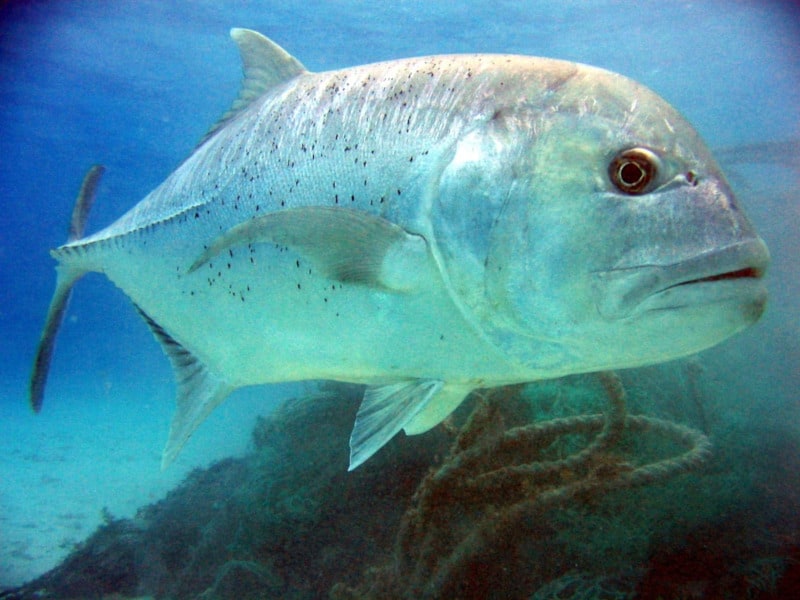
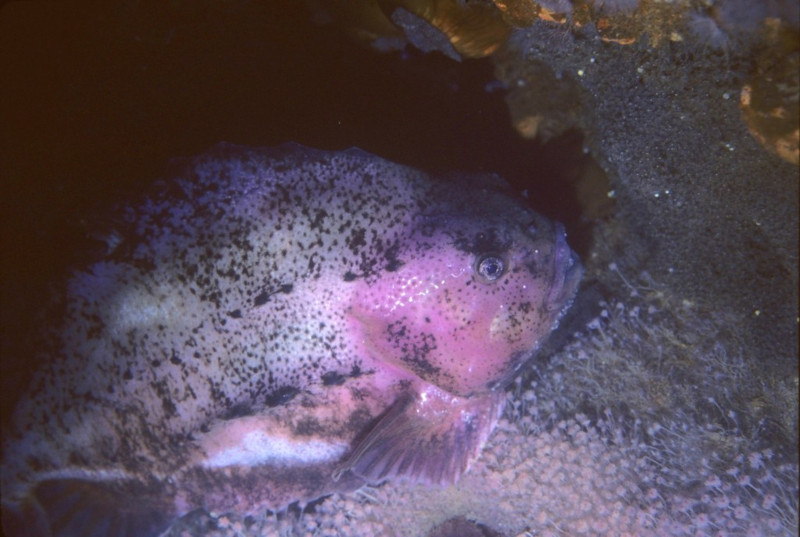
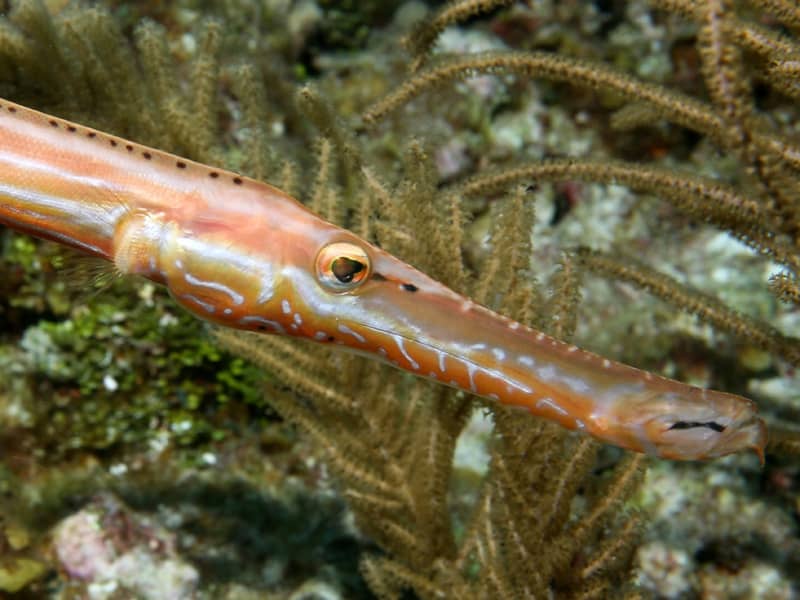
Tasselled Wobbegong Physical Description
First of all, the Tasselled Wobbegong remains easily distinguished due to the fringe of dermal flaps on its head. These represent its most noteworthy characteristic. They also provide it with excellent camouflage within its native environment.
Secondly, its coloring plays a role in that as well. That holds true due to the fact that it’s a complex mosaic of blotches, patches, and lines. These characteristic markings generally consists of grays, yellows, and browns.
In addition, individuals attain a maximum known length of only 5.9 ft (1.8 m). The body shape also appears quite flattened in construction. Additionally, the head of the unique creature actually develops greater in width than length.
The mouth also develops large, as well as placed almost at the end of the head. Another interesting feature is its teeth. In addition to the regular teeth, it has evolved 5 unique teeth (3 upper and 2 lower). These extra teeth grow long and resemble fangs.
- Kingdom: Animalia
- Phylum: Chordata
- Class: Chondrichthyes
- Order: Orectolobiformes
- Family: Orectolobidae
- Genus: Eucrossorhinus
- Species: E. dasypogon
Tasselled Wobbegong Distribution, Habitat, and Ecology
The fascinating Tasselled Wobbegong also has a rather restricted territory range. This endemic range roughly follows the continental shelf of northern Australia. But, it also includes the waters of New Guinea and the Aru Islands.
Further, the species almost exclusively restricts itself to regions of shallow coral reefs. Therefore, given the nature of such habitats, the amazing species rarely lives at depths of more than 160 ft (50 m).
The animal also appears to be most active at night. During the day it typically rests under ledges or in caves. It evolved as an opportunistic carnivore and consumes a wide variety of prey. This includes fish, crustaceans, and also cephalopods.
Finally, the species feeds primarily as an ambush predator. It has also developed skills at luring its prey. While laying otherwise motionless, the caudal fin is moved slowly back and forth. Under these conditions, the fin resembles a small fish, which serves to attract would-be predators. These then become its prey.
Species Sharing Its Range
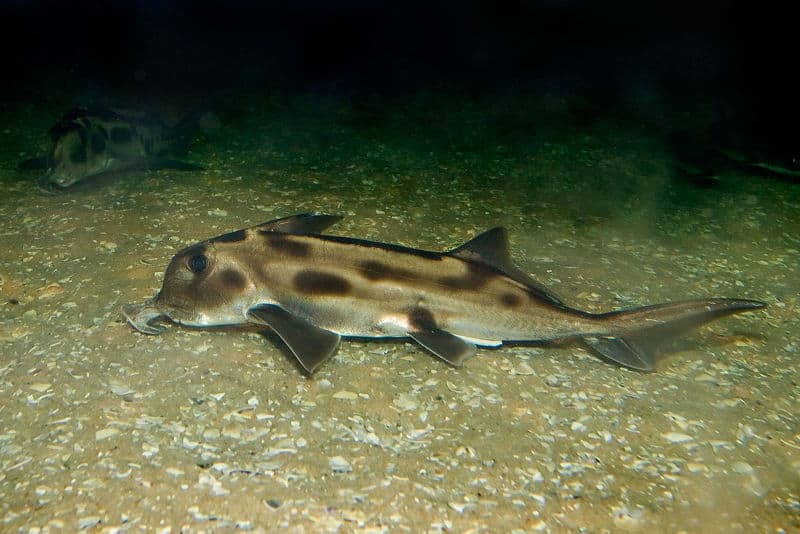
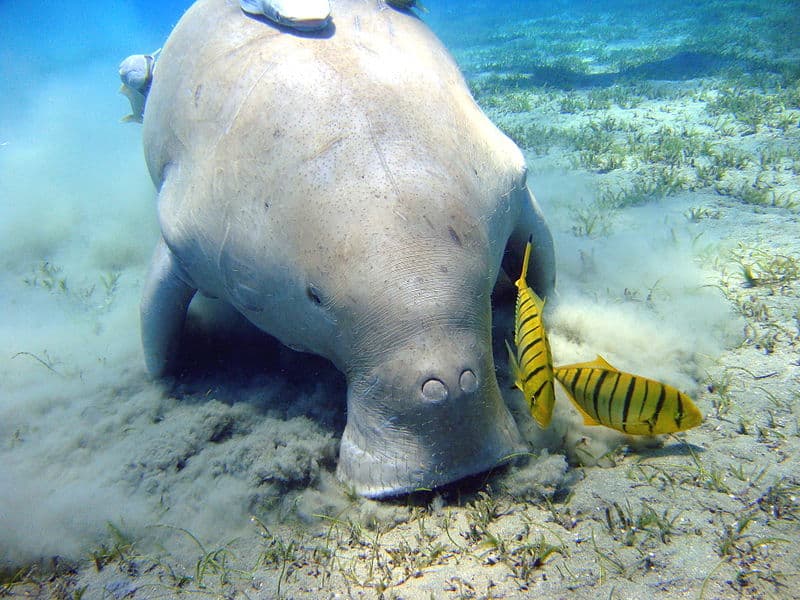
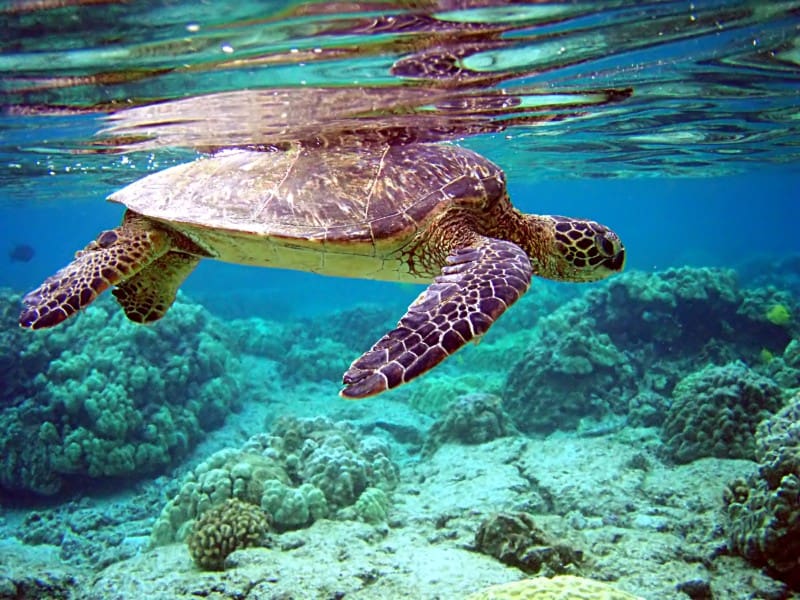
Check out our other articles on 7 Fabulous South American Plants, Noronha Elaneia, Strokkur Geyser, Red Panda, African Blackwood, Giant Freshwater Prawn, Black Rain Frog, Crabeater Seal
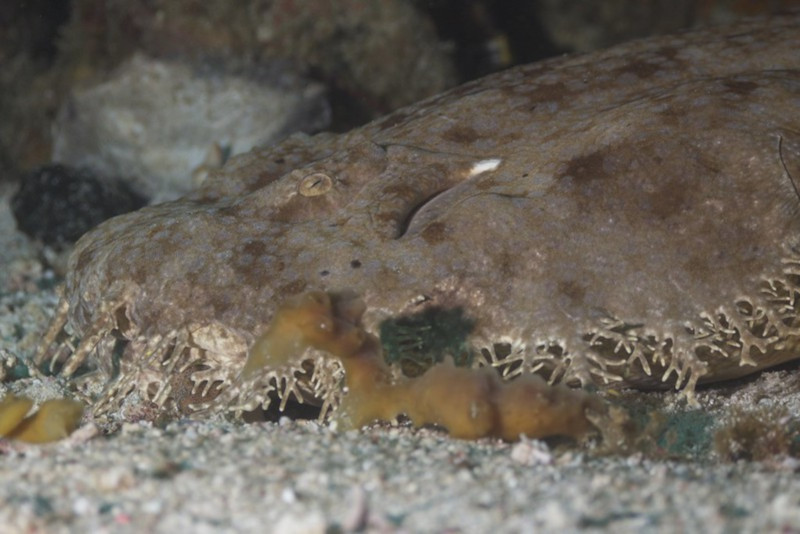
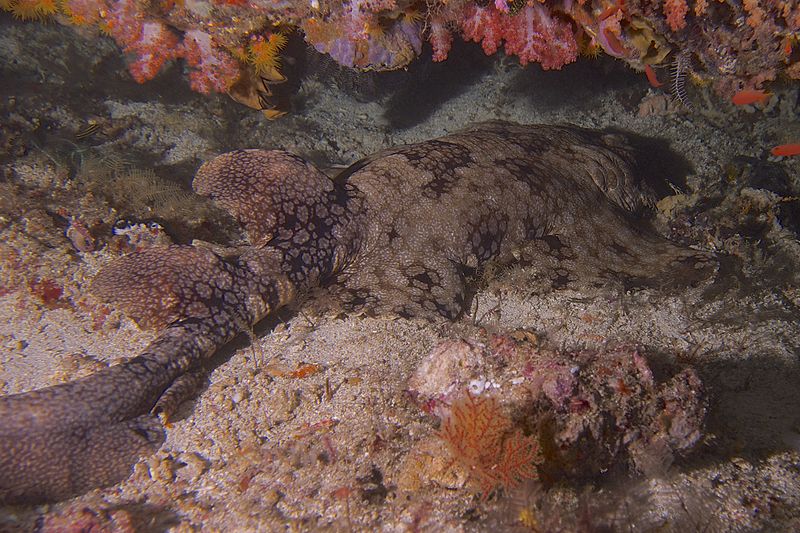
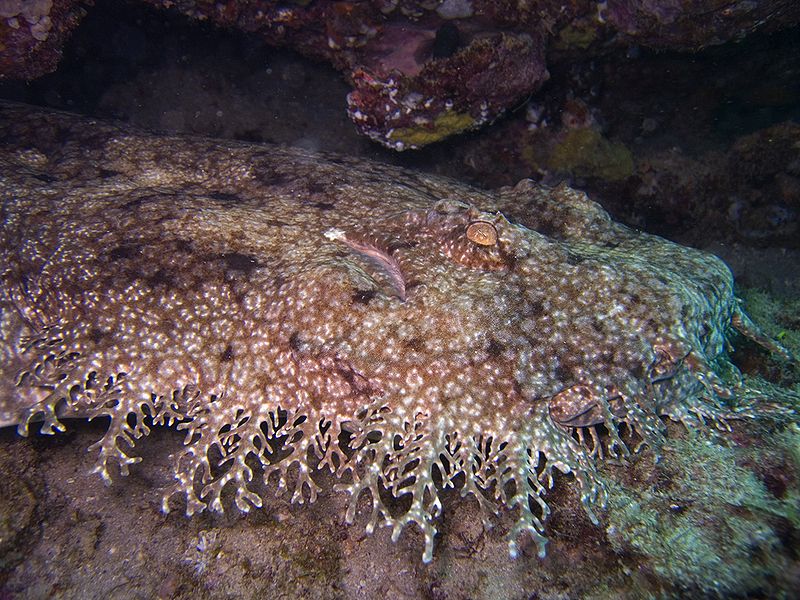









Leave a Reply